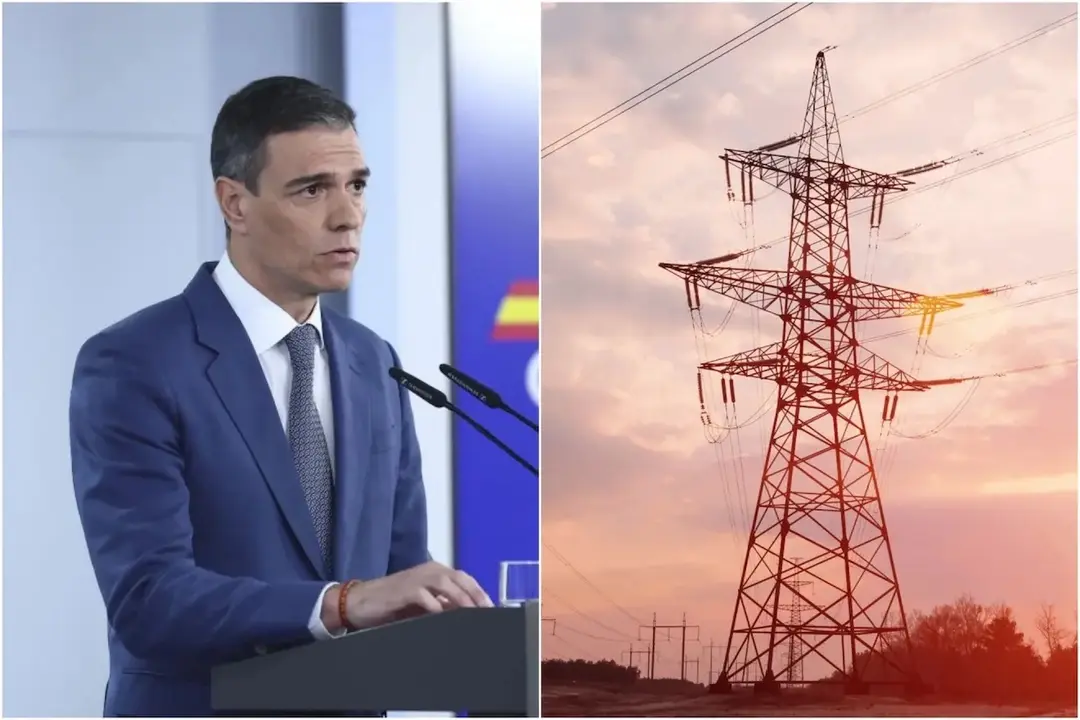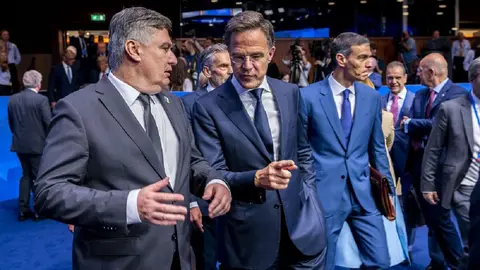The government shoots itself in the foot with the blackout

The power outage that affected the Iberian Peninsula has exposed not only the technical weaknesses of the energy system, but also the political cracks in the government's management
From the outset, the executive has deployed a strategy aimed more at diluting its responsibility than rigorously clarifying the causes of the collapse. And it has done so by trying to apportion equal blame between Red Eléctrica de España (REE) —20% publicly owned and chaired by former socialist minister Beatriz Corredor— and private electricity companies.
The official line is that the failure was “multifactorial,” an ambiguous formula that allows for pointing fingers without accusing, insinuating without assuming. According to Third Vice President Sara Aagesen, the blackout was caused by a combination of technical factors: power surges, automatic disconnections at several plants, and low conventional synchronous power programming.
Despite its technical packaging, this diagnosis hints at a calculated political move to contain damage. In this way, it avoids pointing directly to the design of the system or the government's own energy planning decisions.
The institutional narrative has found a useful scapegoat in photovoltaic plants. More or less explicitly, it has been suggested that it was these facilities—or at least some of them—that triggered the chain of disconnections that led to the power outage.
But this insinuation clashes head-on with the policy that the executive claims to champion, namely the decisive push for renewable energies. How can it be argued that one or two solar plants, with marginal economic weight, have the capacity to cause a nationwide blackout?
And what is even more serious, if they were really responsible, they would have to pay multimillion-dollar compensation for the damage caused to the industry. The implication is clear and worrying. If producing renewable energy exposes an operator to such legal and reputational risk, who will want to invest in it?
This rhetoric of ‘pointing without shooting’ has ended up being a shot in the foot for a government that claims to be a defender of the energy transition. Assigning such serious responsibilities to photovoltaic installations not only discourages investment in the sector, but also erodes confidence in a system that urgently needs legal certainty and regulatory stability.
The precedent is even more alarming when you consider that anomalies in the grid had been reported days before the blackout. On April 22, technicians and operators warned of strange phenomena—power surges and frequency oscillations—that foreshadowed a structural imbalance.
Even so, at the critical moment, REE opted to schedule the lowest conventional synchronous generation quota of the month, leaving the grid without the necessary stability buffer. When automatic protections began to disconnect photovoltaic plants due to excess voltage, the chain reaction was already unstoppable.
Instead of acknowledging that the system's architecture and operational planning were deficient, the government has preferred to open the door to an interpretation that points to renewables as part of the problem. In strategic terms, this is a flagrant contradiction, delegitimizing the centerpiece of the energy transition at the very moment when its role should be strengthened.
What is perceived from the sector is a desperate attempt to avoid the political cost of the blackout. But that cost, which the executive has sought to spread among public and private actors, may end up backfiring.
Because if the message being sent is that a solar plant can put a country's electricity system in check, what is being said, de facto, is that the system is unreliable. And that, more than any blackout, is what truly shuts down confidence.


